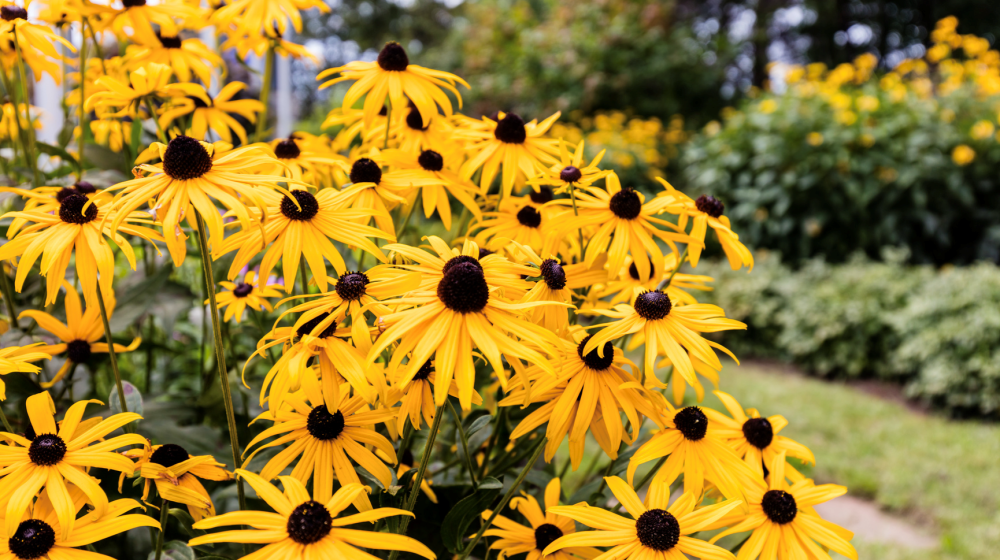
Include Native Wildflowers in Your Landscaping
Integrating native wildflowers into Florida landscaping enhances beauty, supports pollinators, and reduces maintenance. These plants thrive in local conditions, require less water, and promote biodiversity. Starting small with species like blanketflower or coreopsis helps create a vibrant, eco-friendly, and sustainable yard.
Integrating Native Wildflowers into Your Landscaping
Florida’s vibrant climate and diverse ecosystems make it an ideal place to create beautiful, sustainable landscapes using native wildflowers. These plants not only add charm and color to your yard but also support local wildlife, conserve water, and reduce the need for maintenance. For Florida homeowners looking to create a more environmentally friendly and attractive outdoor space, native wildflowers are a perfect solution.
Why Choose Native Wildflowers?
Native wildflowers are plants that naturally occur in Florida’s environment. Unlike exotic species, they are well adapted to the state’s soils, rainfall patterns, and temperatures, which means they require less watering, fertilizing, and pesticide use. Over time, this can save homeowners both money and maintenance time while promoting a healthy local ecosystem.
Native wildflowers also attract pollinators such as butterflies, bees, and hummingbirds. For instance, planting milkweed can support monarch butterflies, which rely on it as a host plant. By integrating native plants, you’re not just enhancing your property—you’re helping preserve Florida’s natural biodiversity.
Top Native Wildflowers for Florida Landscapes
Many native species thrive in home gardens across the state. Here are a few popular choices:
- Blanketflower (Gaillardia pulchella): This bright, daisy-like flower blooms in red, orange, and yellow shades and tolerates sandy soils and full sun.
- Coreopsis (Coreopsis spp.): Known as Florida’s state wildflower, this cheerful plant offers bright yellow blooms and grows well in various conditions.
- Black-eyed Susan (Rudbeckia hirta): A hardy option with sunny yellow petals and dark centers that attracts butterflies and other pollinators.
- Wild Petunia (Ruellia caroliniensis): A low-maintenance ground cover with violet flowers that bloom throughout the warm months.
How to Get Started
- Assess Your Site: Observe your yard to determine how much sun and shade it receives and what type of soil you have. This will help you select the right mix of wildflowers.
- Start Small: You don’t have to overhaul your entire yard. Begin with a small garden bed or border to experiment and learn what works best in your space.
- Use Local Resources: Reach out to Florida-native plant nurseries or organizations like the Florida Wildflower Foundation or your University of Florida Institute of Food and Agricultural Sciences (IFAS) extension. They can recommend native species suited to your region and offer advice on planting and care.
- Avoid Invasive Species: Be cautious when selecting plants. Some species sold in big box stores may be labeled as “wildflowers” but could be non-native or invasive.
Maintaining Your Wildflower Garden
Once established, native wildflowers typically require minimal upkeep. Regular weeding during the first few months will help them outcompete unwanted plants. After that, occasional pruning and seasonal reseeding may be all that’s needed. Be sure to avoid over-fertilizing, as it can encourage aggressive grasses to take over.
Final Thoughts
By integrating native wildflowers into your landscaping, you’re making a positive impact on your local environment while creating a unique and beautiful space to enjoy. Whether you’re aiming for a cottage garden look or a natural meadow feel, Florida’s native flora offers a colorful, low-maintenance, and eco-friendly solution.